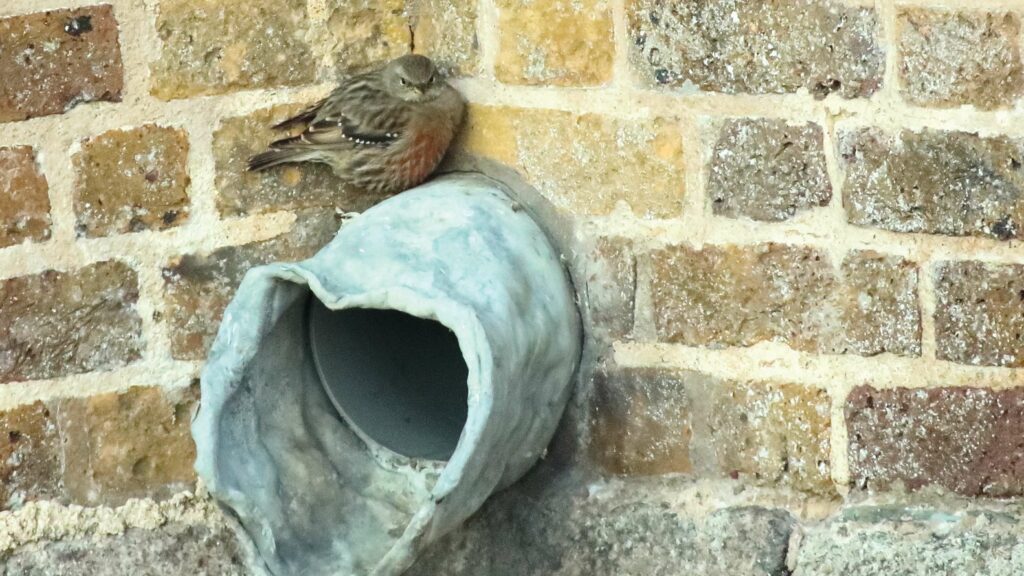VAGRANT SPECIES DIARY
Alpine accentors, Suffolk/Norfolk

UNUSUALLY SUSTAINED SOUTHERLY WINDS originating in Iberia, northwest Africa and the Canaries brought many rare migrant moths and birds to the UK from these regions during late October into early November 2022. Pallid swifts arrived in unprecedented numbers and with them were two alpine accentors.
This montane species is a well-known close relative of the slightly smaller dunnock with which it shares a complex mating system known as polygyandry (both sexes have multiple mating partners). It is not normally a long-distance migrant but usually moves shorter distances from high altitudes in summer to lowlands in winter, seeking out more easily available food sources.
The alpine accentor occurs from the mountains of Iberia and Morocco east to Japan, with odd lost birds turning up regularly in places like the Mediterranean and, more rarely, further north in the UK, where it has been recorded on fewer than 40 occasions, the last coming in 2016.
The first of the duo (a youngster, like most lost rarities) appeared in Slaughden, Suffolk, in late October. It stayed less than 48 hours, choosing to roost each night in full view of onlookers on a broken pipe on the side of a building, and feeding behind the adjacent beach by day. Departing at dawn on the 29th, it wasn’t seen again. The next day, an adult alpine accentor was sighted at Blakeney Point in Norfolk and was present until 3rd November. So, none for six years and then two show up days apart. All thanks to favourable winds, it would seem.
It takes me back to my childhood in London when buses seemed to show up at similarly irregular intervals!